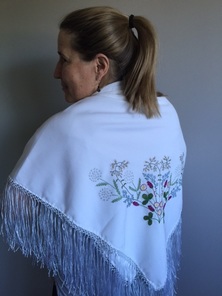
To wear clothing with a story. Not from the mall. Or the internet. Or a sweatshop. From the hands of a people whose handwork keeps them tethered to those who came before them.
Stephen Jenkinson has defined craft as "where everything you know can appear in the world."
I make virtually nothing with my hands. The calligraphy skills I began to develop in college have atrophied as I've typed on tinier and tinier keypads. I was too impatient and distracted as a kid to learn the sewing, gardening, and home repair skills of my mother. She, before me, was shamed by wearing the clothes hand-sewn by her immigrant mother, especially when she arrived at an elite college where her classmates referred to their outfits by name (I think I'll wear my Christian Dior tonight).
I spent some time bewildered by this question of what to wear, bereaved by my own disassociation with the handwork of my ancestors. My mother wondered if some shreds remained in our family of a traditional Waldensian costume - the clothes worn for centuries by the Pre-Reformation Protestant sect of Italians from whom we descend. I wrote last year about my attempts to follow a trail of bread crumbs back to some connection with the people and the place left behind when my grandparents immigrated to America on the eve of WWII.
No such remnants surfaced but an internet search brought me to a bilingual blog on Waldensian culture that mentioned a seamstress located on a tiny square in a Northern Italian town, a square named in memory of my grandfather's brother, Willy Jervis, executed by the retreating Nazis for his work in the resistance. I found an Italian cousin willing to seek out this craftswoman to obtain a hand-made shawl for me.
The needlework is exquisite, you can scarcely tell the front from the back. I recognize the flowers from our two weeks in those high mountain valleys last May. The fringe is hand-knotted - how many hours of work?
This project of what to wear led me to a local designer and dressmaker here in Portland for something befitting the shawl. It led me to the depths of my linen closet for the tablecloths and napkins hand-embroidered by my great and great-great grandmothers, to study their craft and imagine what my own hands might make. And it inspired another of my American cousins to search out a Waldensian shawl for his teenaged daughter, that she might know something more of the story of our people.
On the Late Massacre in Piedmont |


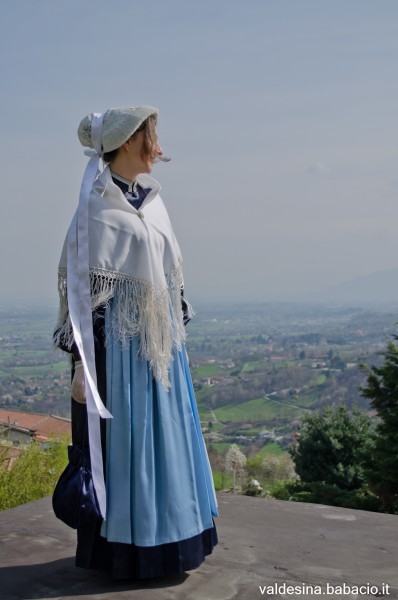
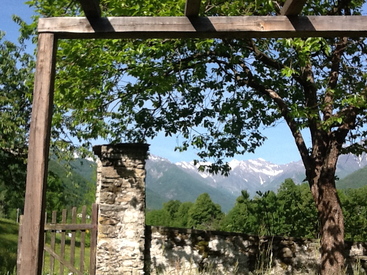
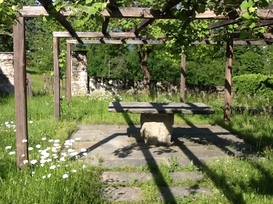
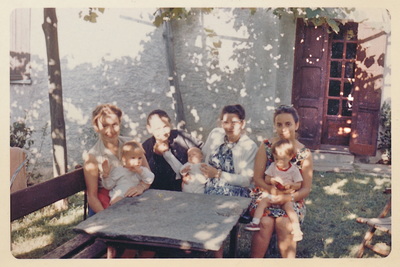
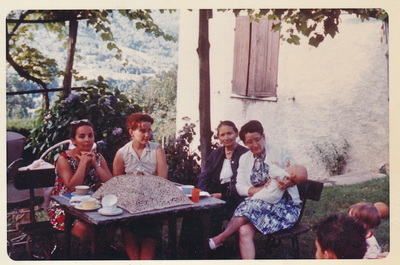
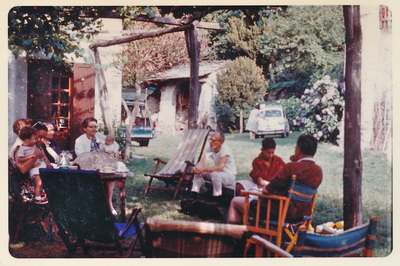
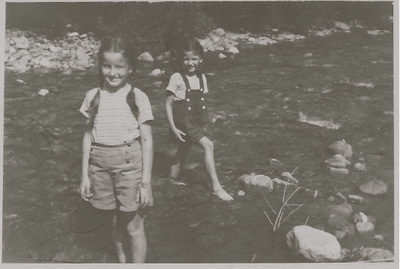
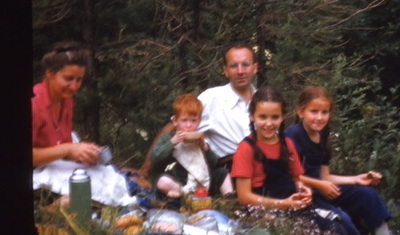
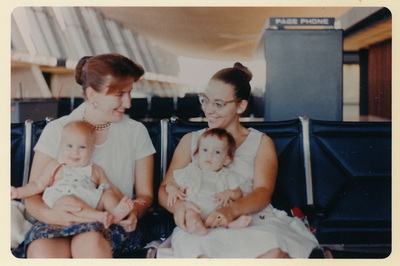
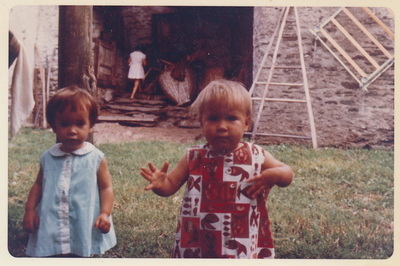
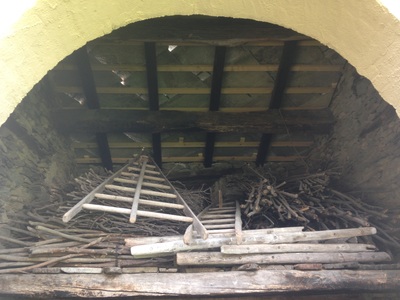
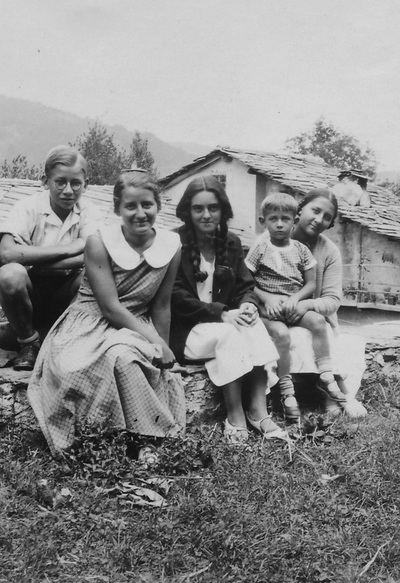
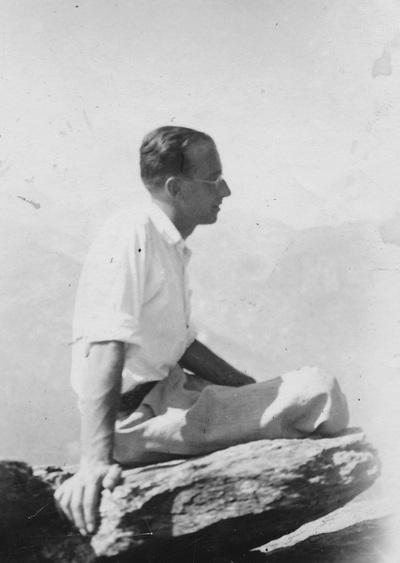
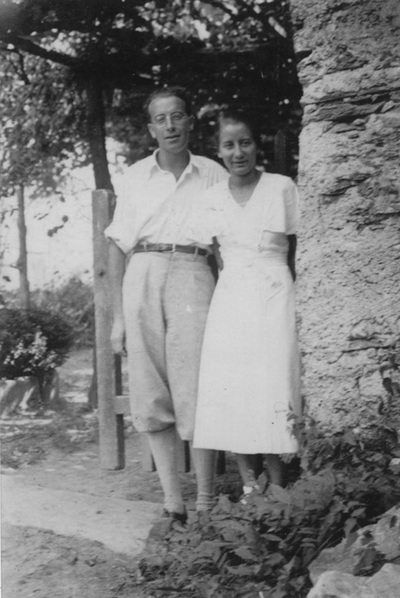
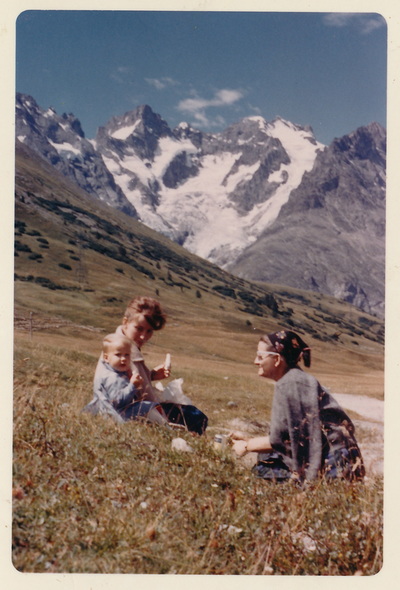
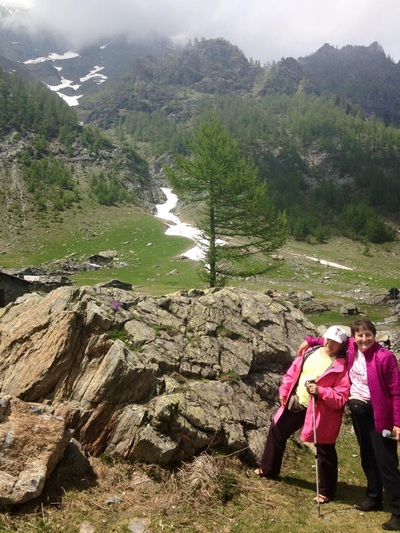
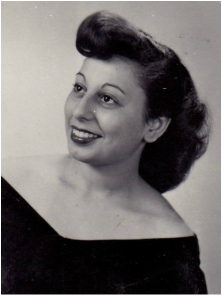
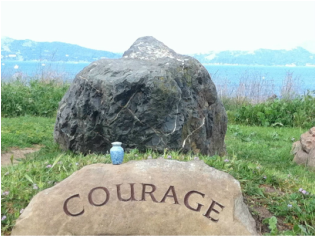
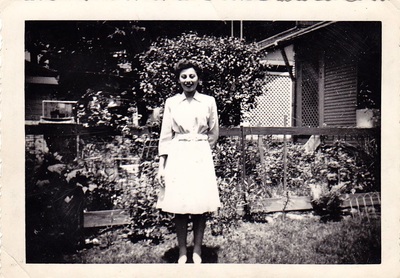
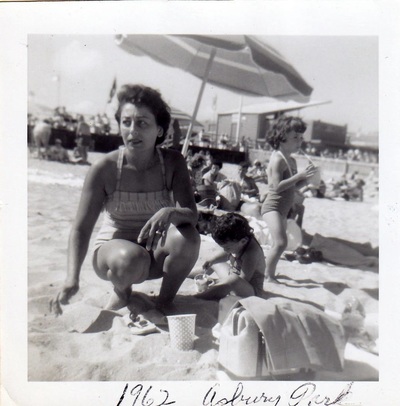
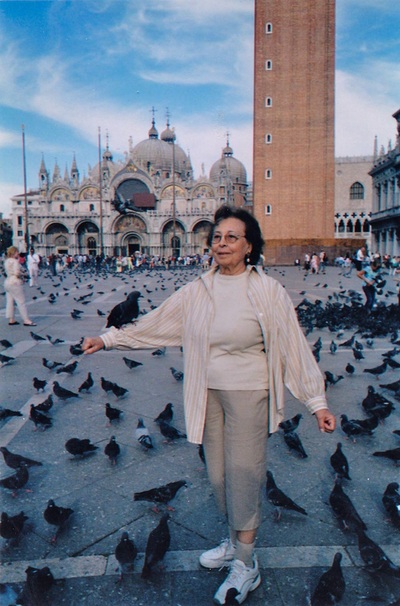
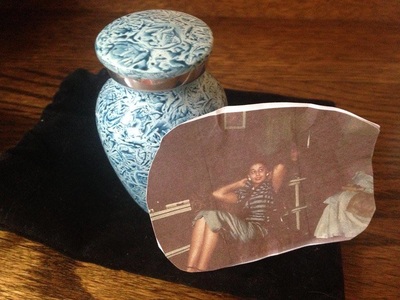
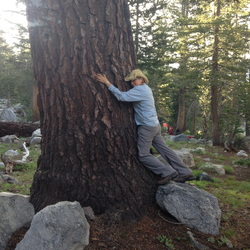
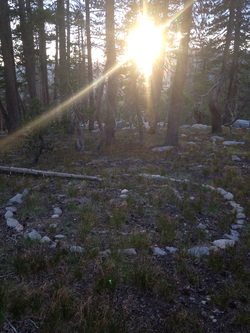
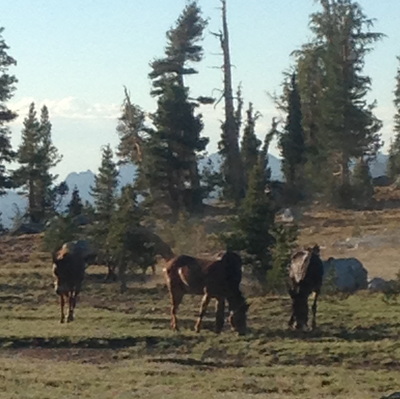
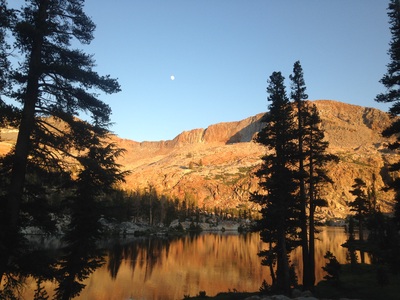
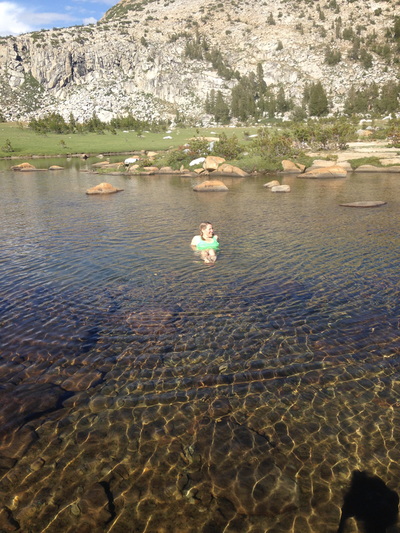
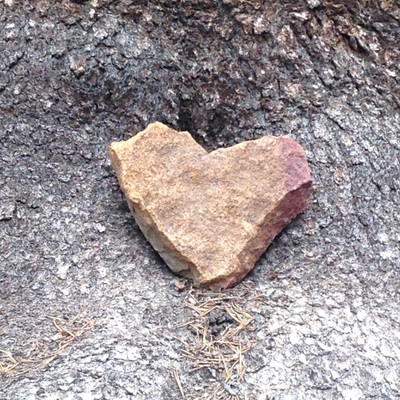
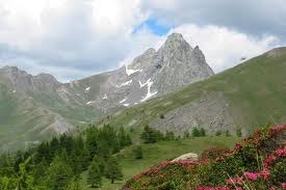
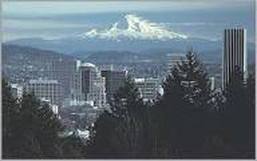
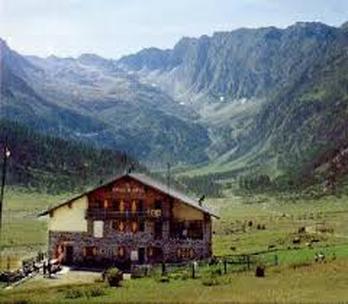
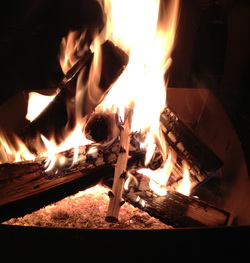
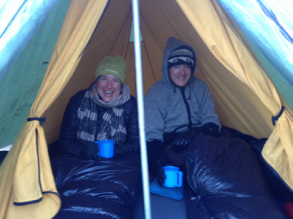
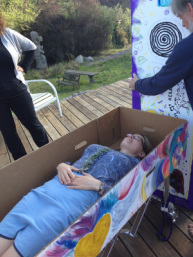
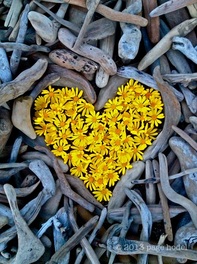
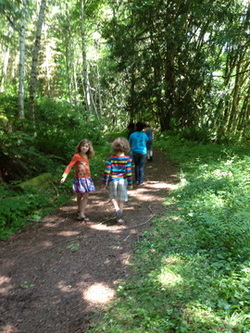
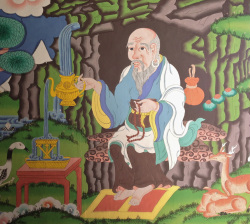
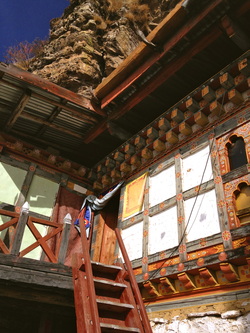
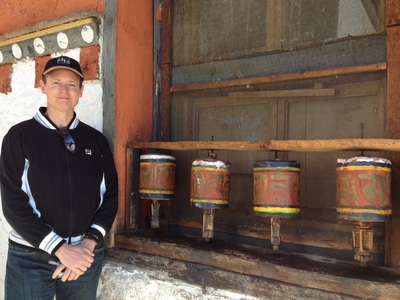
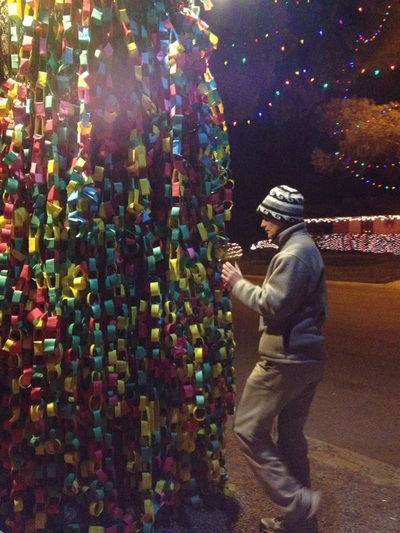
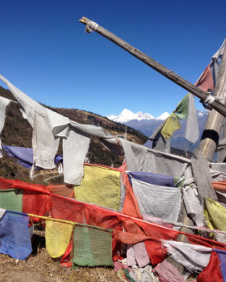
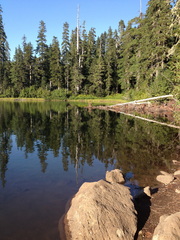
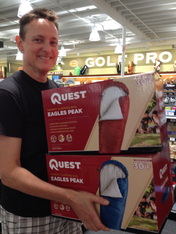
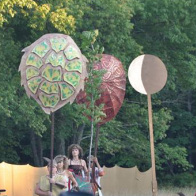
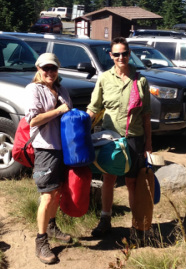
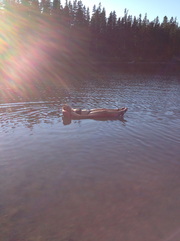
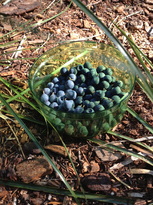
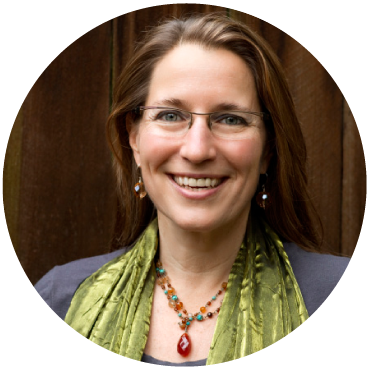
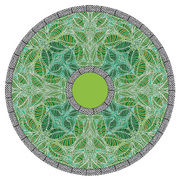
 RSS Feed
RSS Feed